
Unless you live under a rock that is outside of the range of WiFi, you likely know that the 2024 Dodge Charger Daytona is a battery electric vehicle (BEV) and you are probably pissed off that the Hemi isn’t offered anymore. Some people argue that there are “woke” executives within the company who want to shift to electric vehicles, but that isn’t the case at all.
Over the past few years, I have had the luxury of speaking with many high-ranking executives with the company and I can assure you that they would keep selling Hellcat-powered vehicles until there was no fuel left to burn. That is why so many of them own Hellcat or Demon models, not EVs, and it is likely a key factor in why so many of them have left the industry. The key cause of the shift to electric vehicles by every automaker – not just Stellantis – is the federal CAFE program.

CAFE Killed the Hemi – for Now
CAFE stands for Corporate Average Fuel Economy, and in short, it is the number that automakers are required to meet in terms of the average fuel economy figures for most vehicles sold in the United States – with categories for passenger cars and light trucks (which also includes SUVs). For the 2024 model year, all passenger cars sold by a company must have an average fuel economy number of 54.5 miles per gallon while light trucks/SUVs must average 37.5 mpg.
The numbers were 36.2 for cars and 27.5 for light trucks back in 20215 when the Hellcat cars were introduced and they have risen sharply since then. They are scheduled to continue to rise sharply, reaching 64.8 (cars) and 42.4 (light trucks) in 2026.
Automakers are fined heavily for missing those required number, and FCA/Stellantis has missed those numbers every year since 2016 and so far, fines have been issued for years up to and including 2020. For the 2016-2020 model years, the company has been fined $582,600,000 (an average of $116,520,000 per year), and they are still waiting for the fine amounts for 2021, 2022 and 2023.

As mentioned above, the minimum MPG numbers go up each year, so with the company lineup remaining relatively unchanged across the “Hellcat era”, the company will further into violation each year. That leads to a higher level of violation, but making matters worse is the fact that the fine rate for violations has tripled in the past few years. As a result, the company will likely face fines in the range of a billion dollars for the Hellcat era, with the fines becoming more severe each year.
The company killed off the Hemi cars to stop the flow of fines, plain and simple. The company has to get their passenger cars to average more than 54mpg, which is nearly impossible for any gas-only-powered vehicle. If you think about it, how many non-hybrid vehicles can you name that offer better than 54 miles per gallon? To achieve that number and the higher numbers in the coming years, the only way for every automaker to avoid hundreds of millions in fines is to offer super-efficient hybrids or battery electric vehicles. That is where the new Dodge Charger Daytona comes into play.
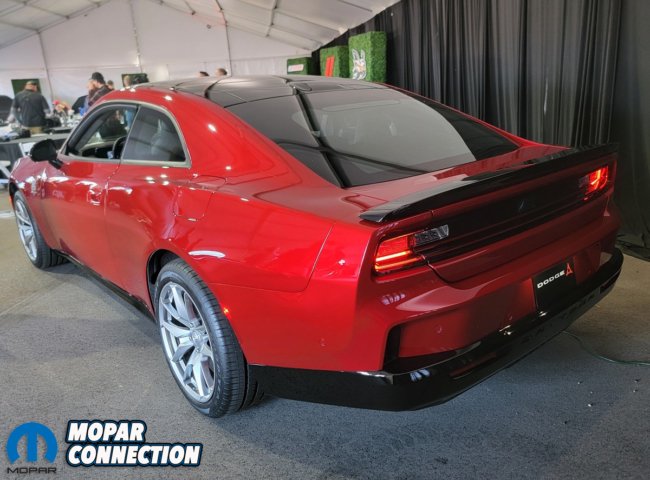
We do not have the official MPGe number for the 2024 Dodge Charger Daytona BEV yet, but based on other BEVs, it is likely to offer around 100 MPGe (if not better). At 100 MPGe, every unit sold will go a long way in pulling the company’s CAFE score way, way up. One upside to CAFE, is that in the same way that a company is fined for coming short of the required MPG number, the company earns credits for exceeding the MPG number.
Those credits can be saved and used in the future, or they can also be used to lower fine amounts in prior years. This means that the 2024 Dodge Charger Daytona BEV will stop the flow of big fines and help earn credits to lower the fine amounts for the 2021-2023 model years. Also, this big MPGe number will allow the brand to sell Hurricane-powered models next year without pushing into the fine range.

Once those old fines have been addressed and the credits are only being used for future years, these credits can be used to cover any fines from the return of the Hemi V8. Along the same line of discussion, the newest Hurricane engine line was designed to be quickly retooled to build V8 engines.
The bottom line is that the company needed to stop incurring hundreds of millions of dollars in fines for missing federally required fleet fuel economy numbers. Removing the previous Charger and Challenger from the lineup and effectively replacing them for 2024 with an all-electric vehicle stopped the flow of fines, but going forward, the electric Charger will help the company earn credits that will prevent future fines that come with the introduction of the Hemi-powered cars that we all want.
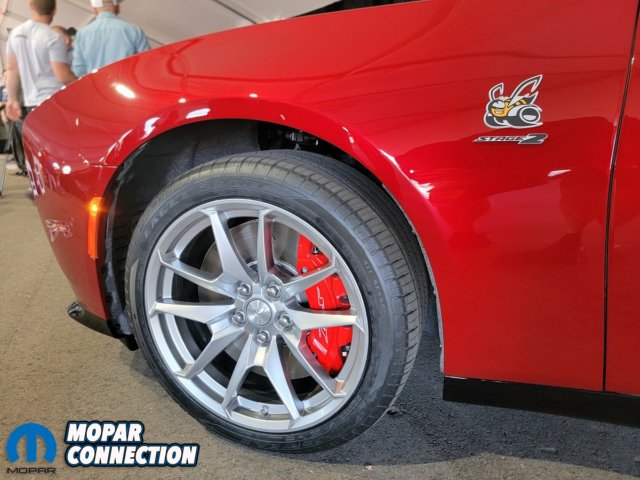
Now, Dodge could have done what Ford and every other automaker did and make a boring electric crossover that is shaped like a Tesla Model Y or a Prius, but instead, they designed a BEV that is fun to drive and has a distinct look – like a normal car. If Dodge has to build an electric car (and CAFE laws dictate that they do), they are going to do their best to build an electric muscle car.
If we really are stuck with an electric vehicle future, I would much rather drive something like the new Charger than the Mustang Mach E. Many people hate this Charger right now, but many people hated the current Charger when it was introduced as a sedan back in 2005 and it went on to be the bestselling large sedan in the North American market.
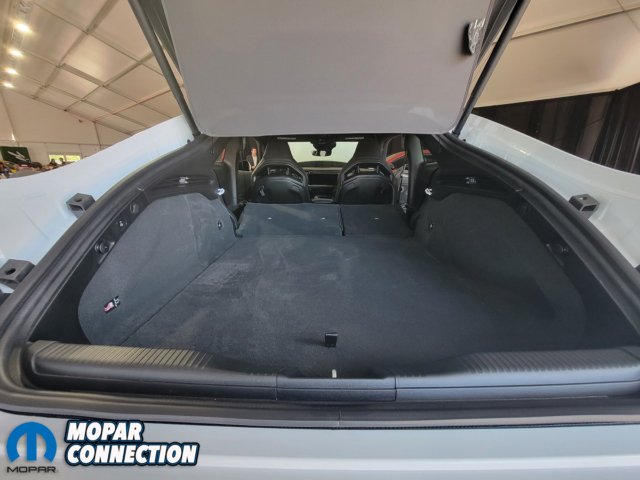
Sure, maybe President Donald Trump will get back into office and roll the CAFE numbers so far back that Dodge can get right back to offering all sorts of Hemi-powered vehicles, but since CAFE was introduced in the 1970s, no president has ever reduced the MPG requirements. During President Trump’s last term, he did reduce the rate at which the MPG requirements were increasing, but they were still increasing and, worse yet, the CAFE fine rates tripled during his last term.
For the Hemi to come back right away, those fines need to stop being a risk and that would take dramatic change to a longstanding federal program. If that doesn’t happen, we are in store for at least a short era of mostly electric vehicles and right now, the Dodge Charger is the most interesting option from any of the Big 3.
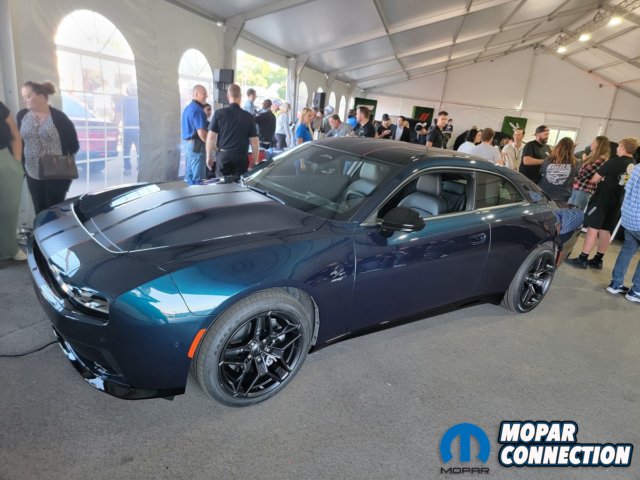
The First Dodge BEV is Quick
Offered as both a 2-door coupe and 4-door sedan (starting in 2025), the new Dodge Charger Daytona will initially be offered in R/T and Scat Pack trim, both of which are built on 400V systems with twin electric motors leading to standard all-wheel-drive. As an interesting point, the coupe and sedan have the same wheelbase, so the dimensions are nearly identical for 2- and 4-door models.
They all come with the controversial Fratzonic “exhaust” system, which uses a set of exhaust system-like tubes to create an electronic exhaust note. Some people hate it, but you can turn it off altogether. For everyone else, people who want their performance car to make some noise will be able to make noise with the Dodge Charger Daytona.
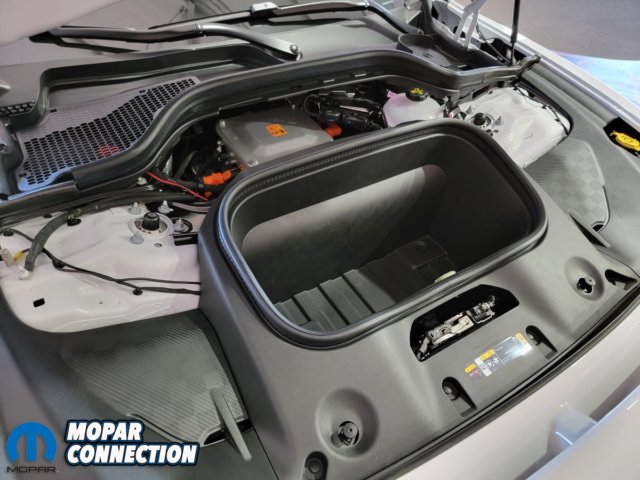
The Charger Daytona R/T comes standard with 340kW (456 horsepower) while the Scat Pack will come standard with 440 kW (590 hp), but they are each offered with Stage 1 and Stage 2 upgrade packages from Direct Connection. For the R/T, Stage 1 leads to 496 horsepower and Stage 2 makes 536 horsepower while in the Scat Pack, Stage 1 yields 630 horsepower and Stage 2 packs 670 horsepower.
However, for the 2024 model year, all R/T models with come with Stage 1 and all Scat Pack models come with Stage 2. Dodge is marketing the 2024 Charger Daytona Scat Pack with the Stage 2 upgrade as being quicker than the Hellcat cars, sprinting from a stop to 60 in just 3.3 seconds and covering the quarter mile in the mid-11-second range.

The 2024 Dodge Charger Daytona is only offered as a coupe for the first model year, but the sedan will arrive during the first half of 2025. At that point, the coupe and sedan will be available in standard power levels with the optional Direct Connection upgrades being offered for an additional charge.
During the second half of 2025, the Hurricane-powered Dodge Charger Six Pack will arrive with 420 or 550 horsepower. Some time after that (no set time frame is offered right now), the Charger Daytona Banshee will arrive with what we expect to be the power levels needed to beat the Tesla Model S Plaid.
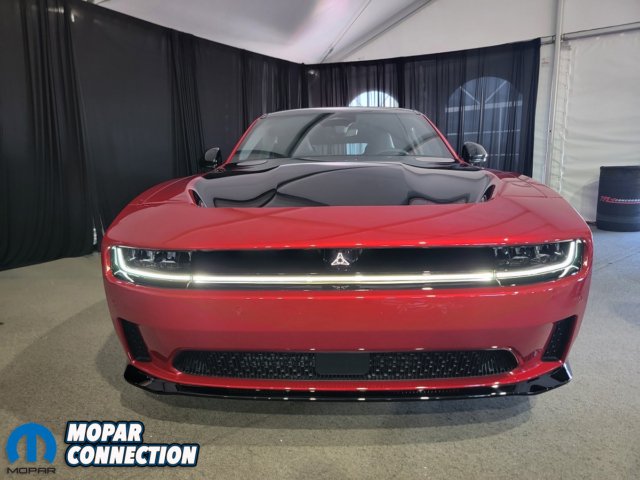
In addition to the powerful drivetrain, the new Dodge Charger Daytona will come with all sorts of premium interior tech, including customizable ambient lighting, a digital gauge cluster, a huge infotainment screen in the middle of the dashboard and a premium sound system.
Again, there is a chance that the electric vehicle is just a fad that fades away over the course of the next few years, but based on the goals of many people in the federal government, they might be around longer than many people would like. If that is the case, Dodge is making an effort to give people an electric vehicle that doesn’t look like every other boring BEV crossover on the road today.



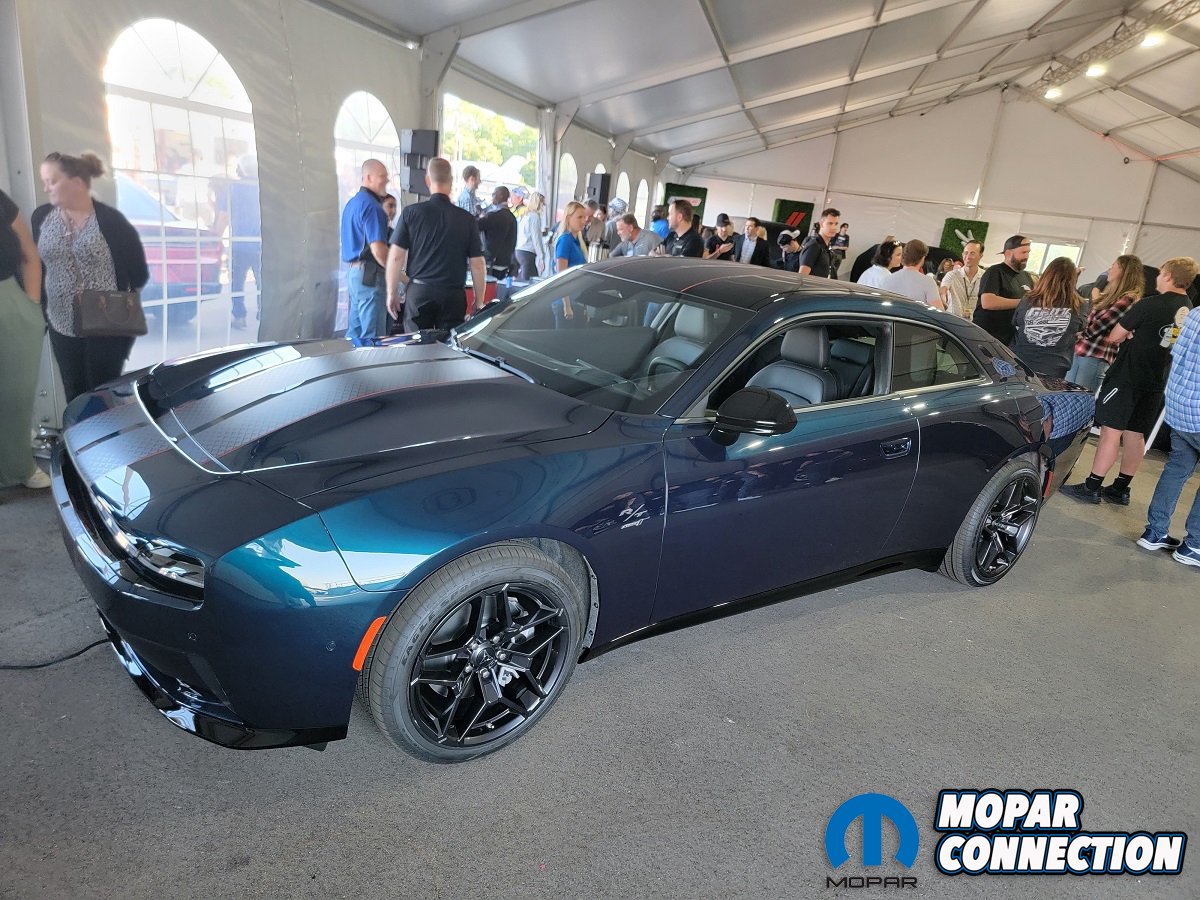
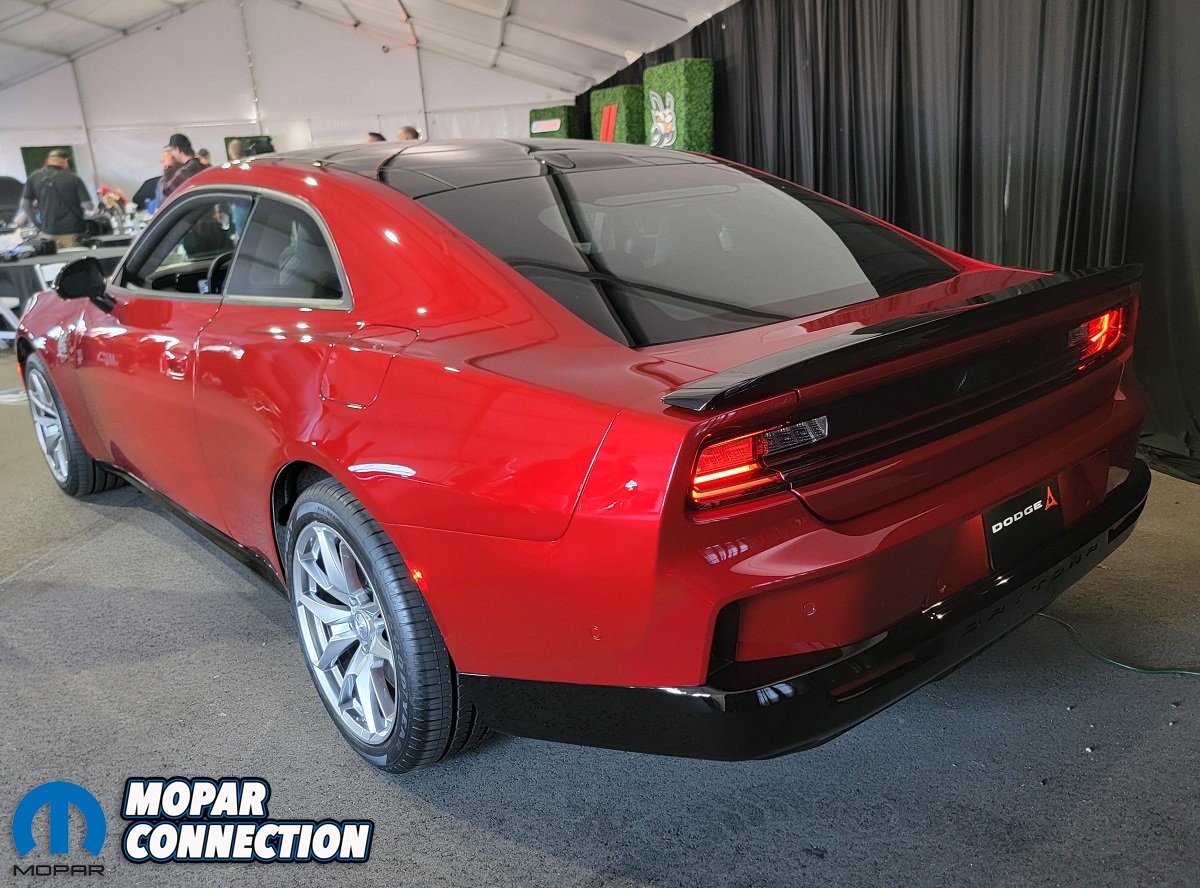
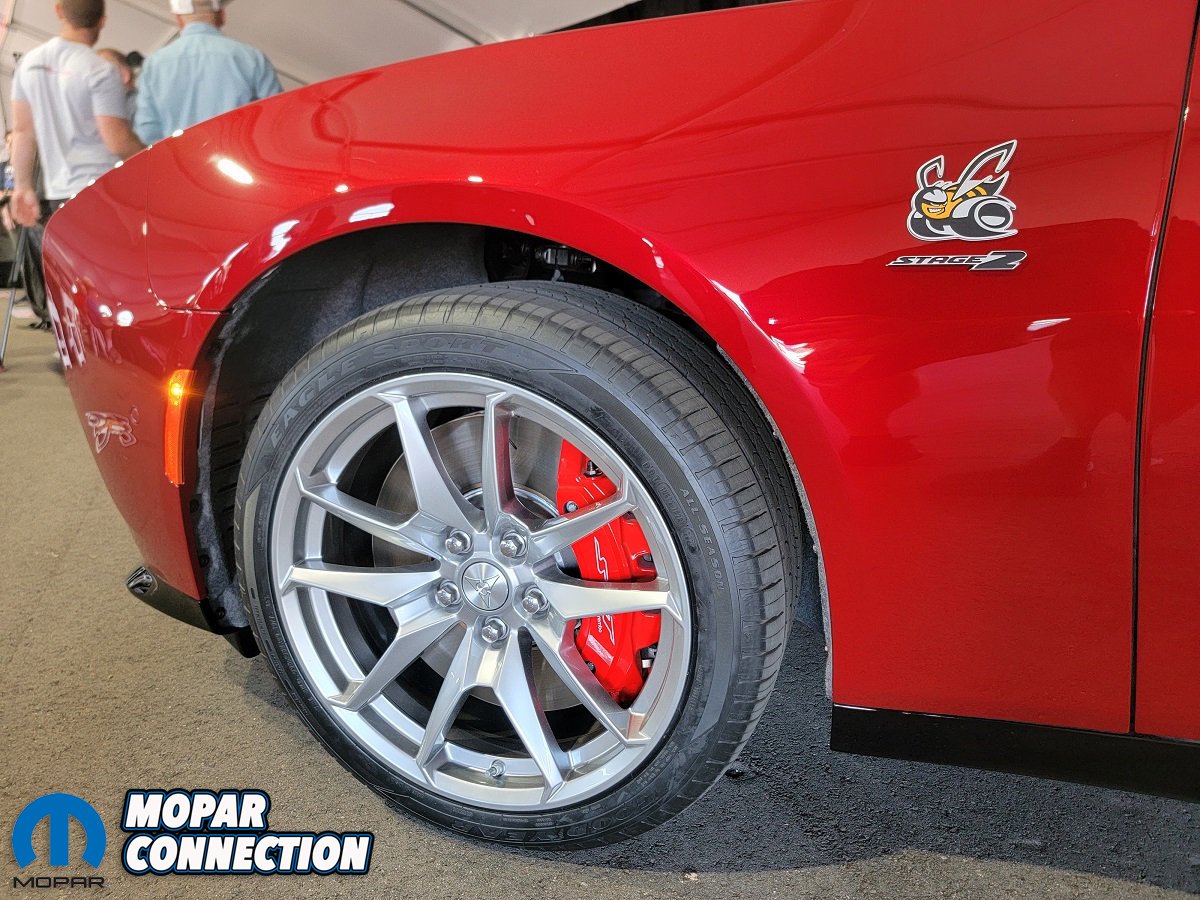
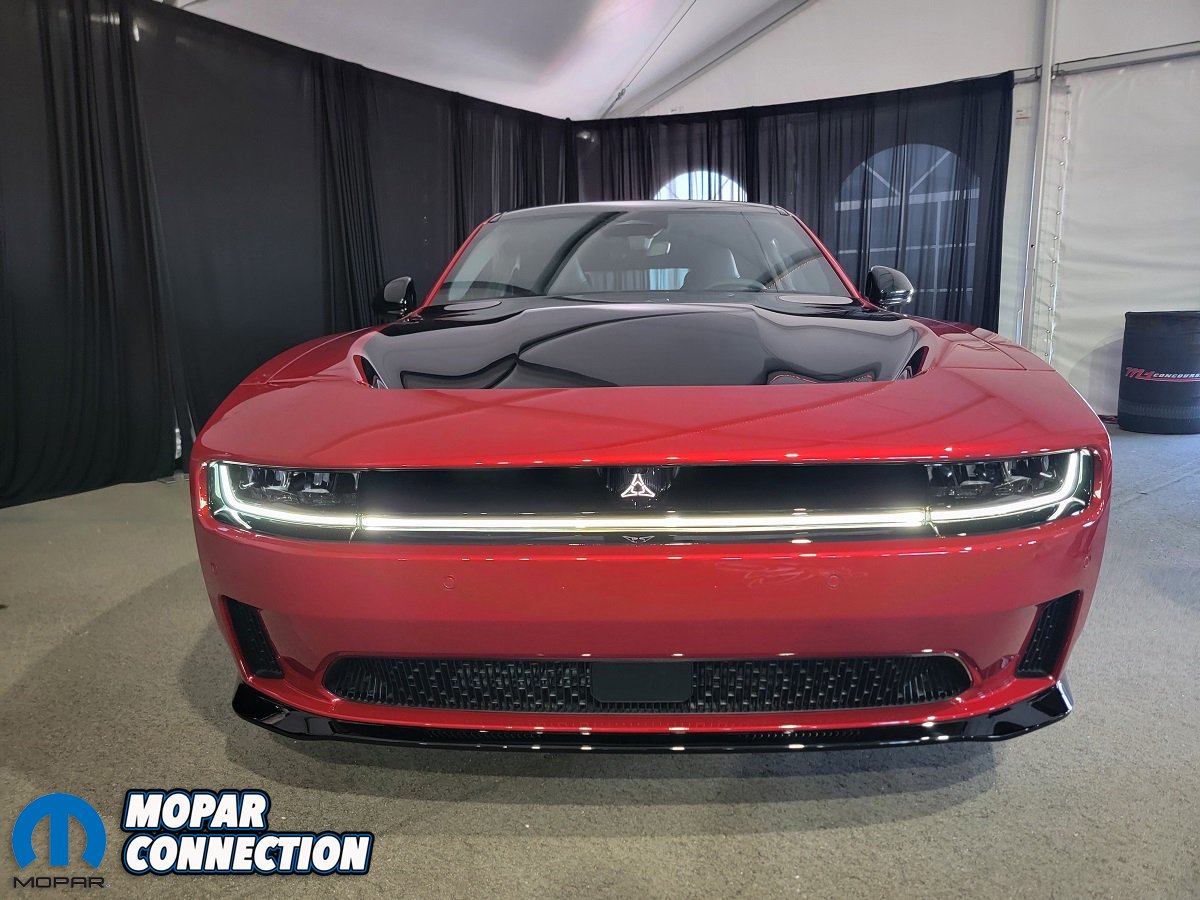
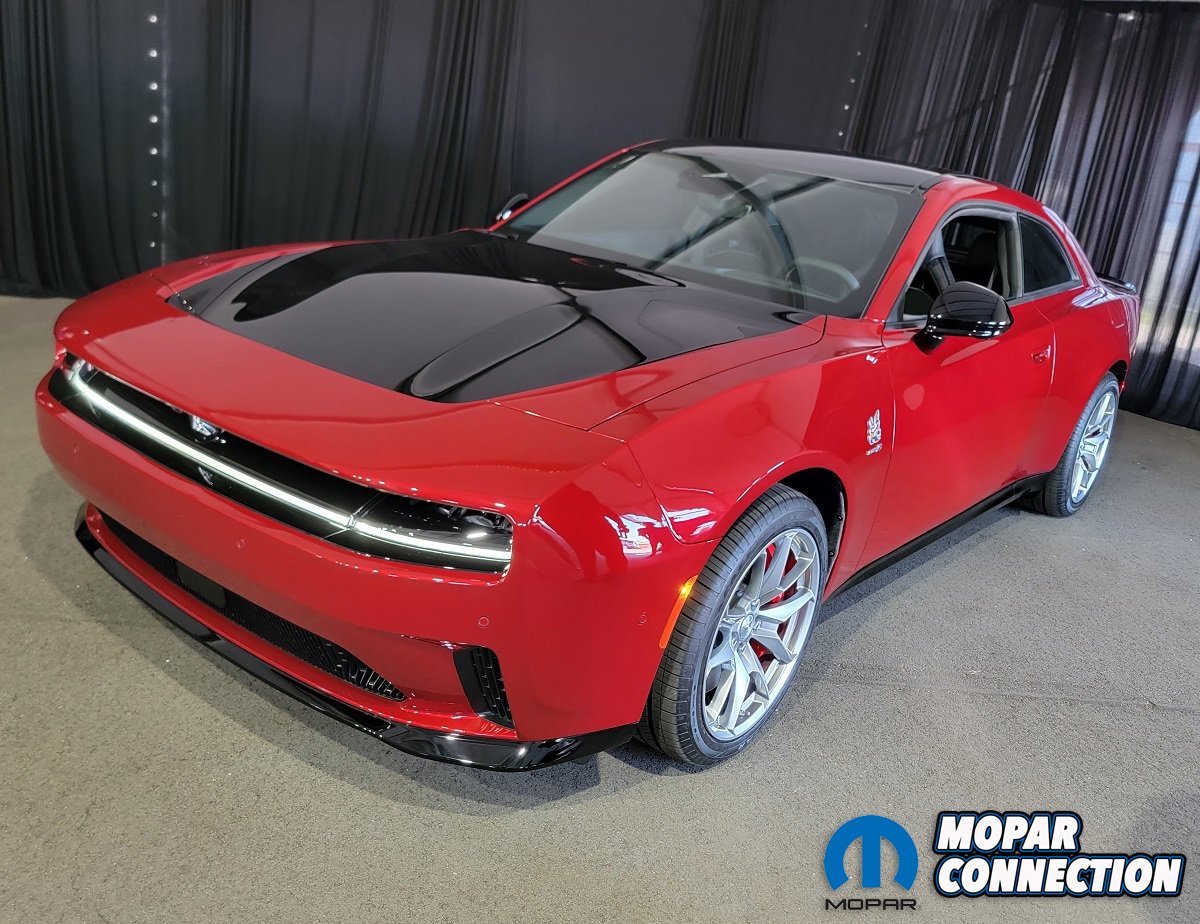
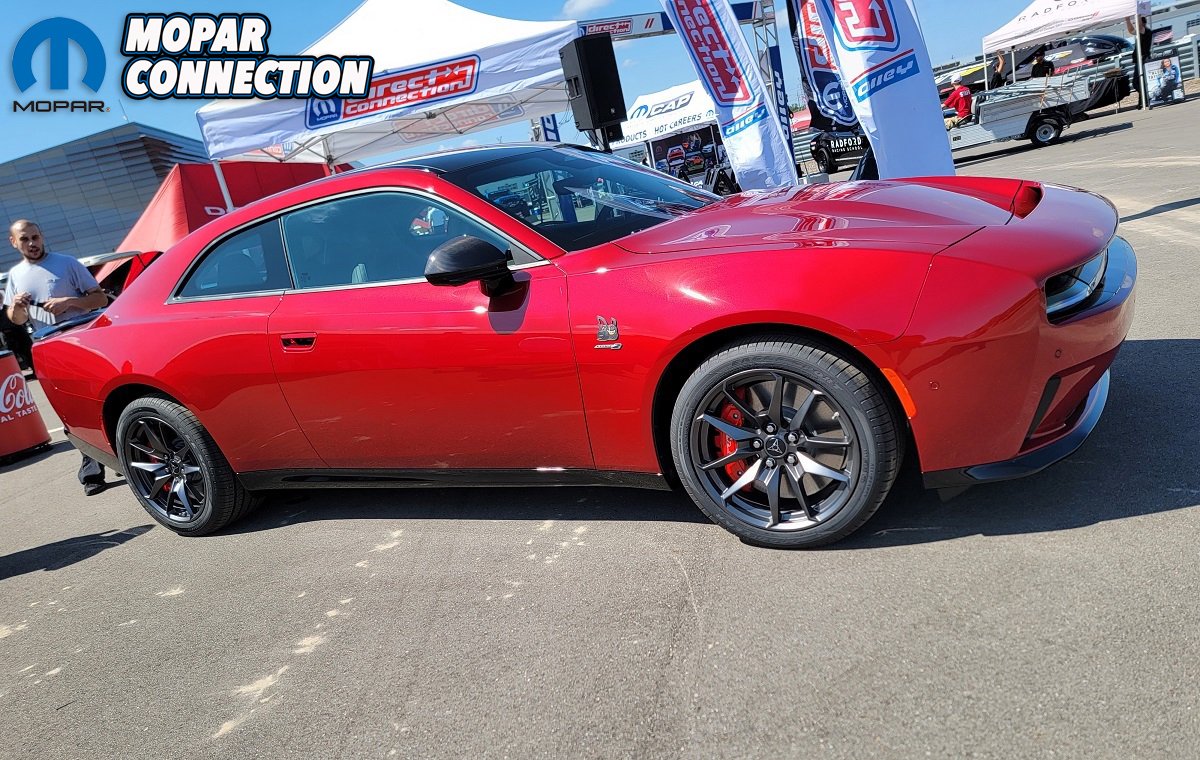
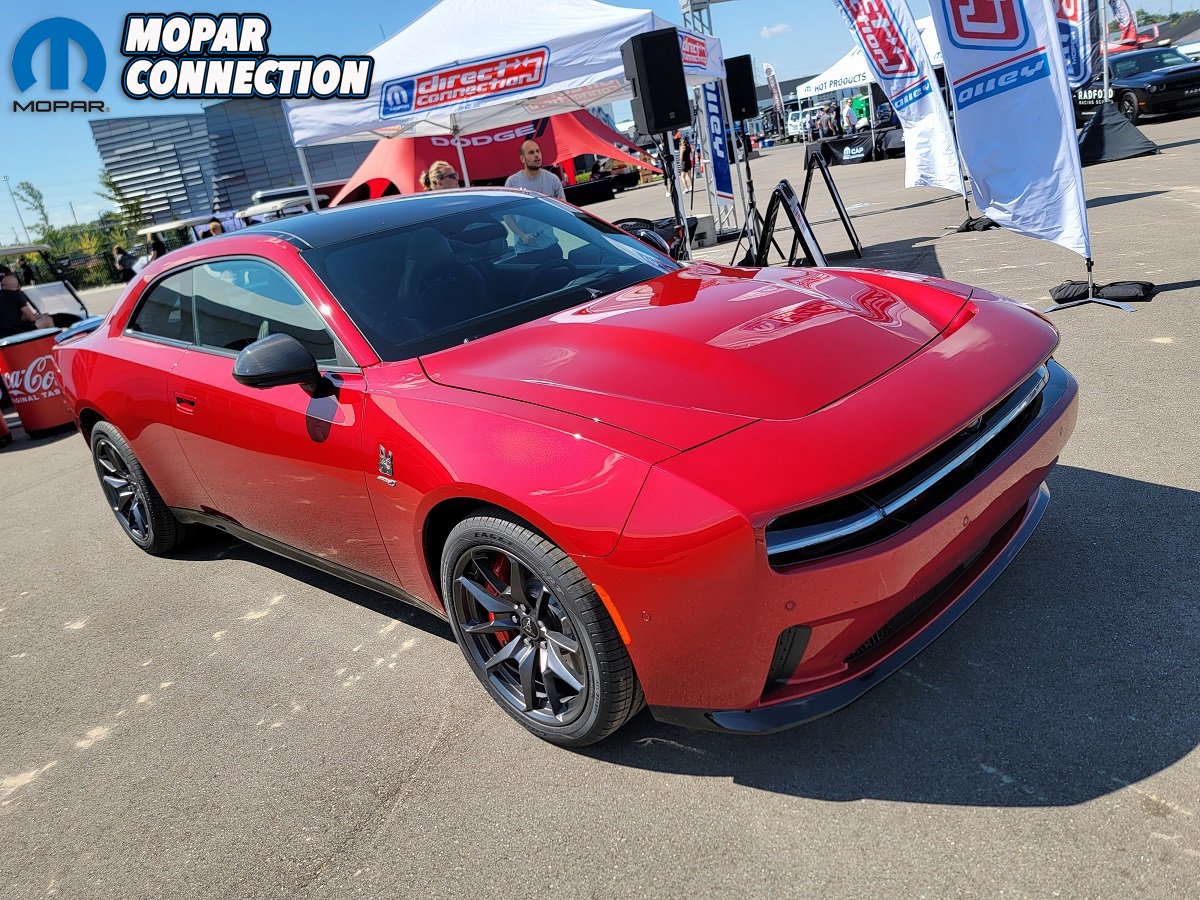
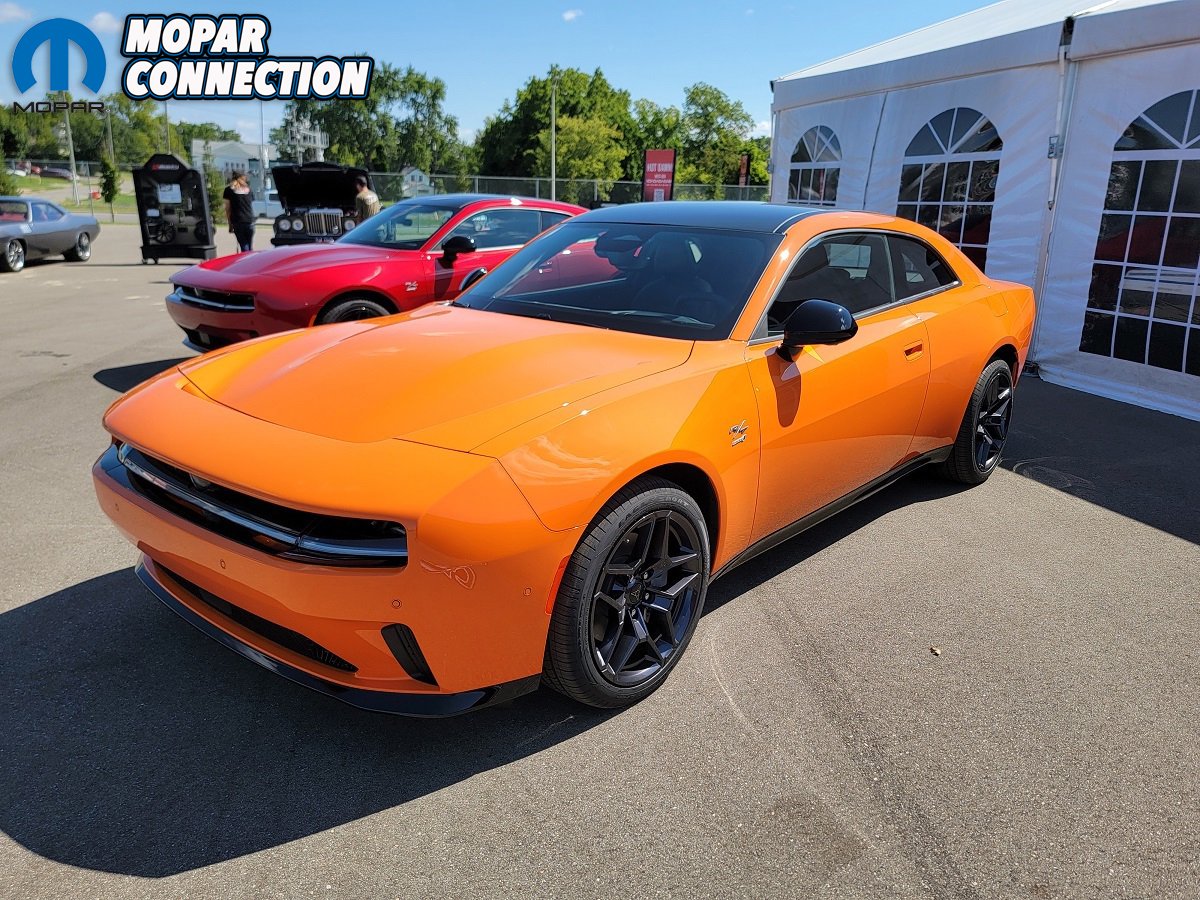
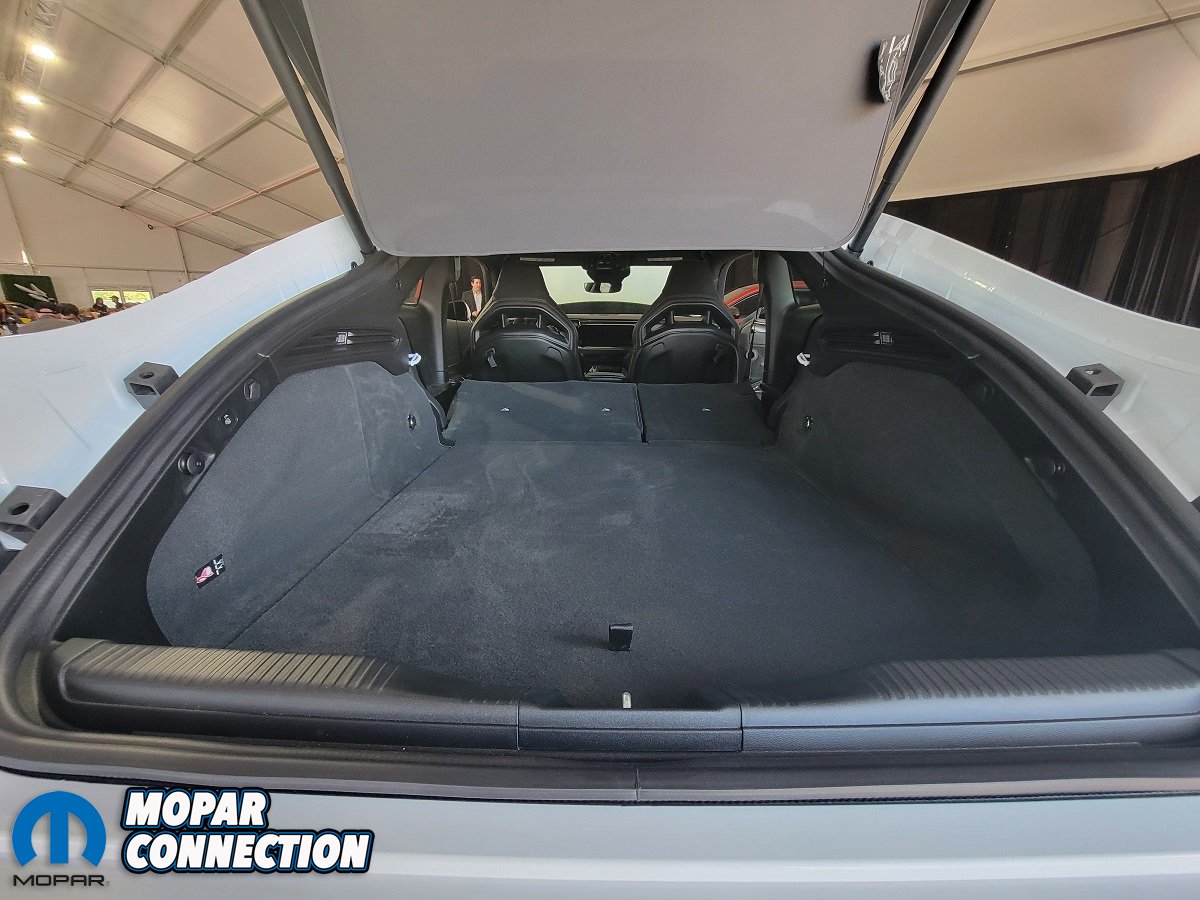
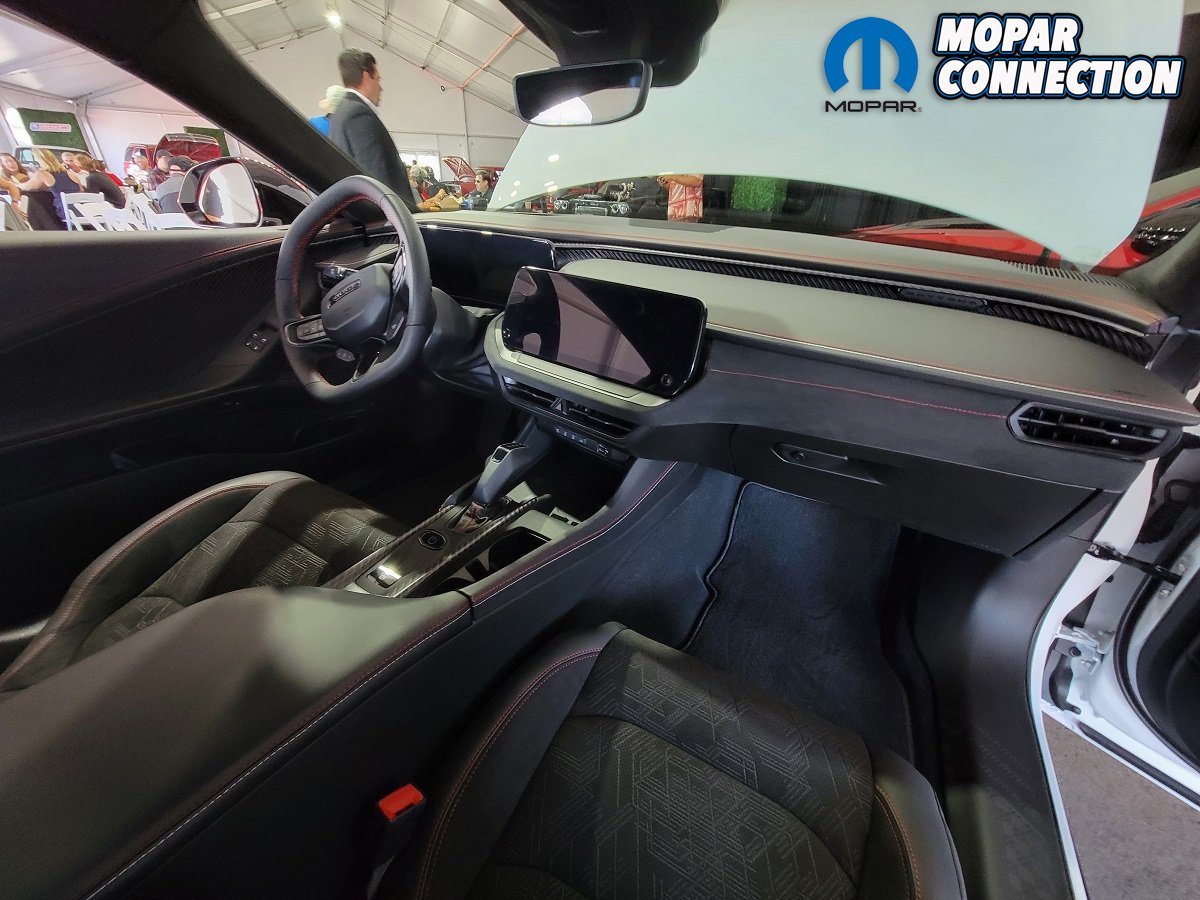
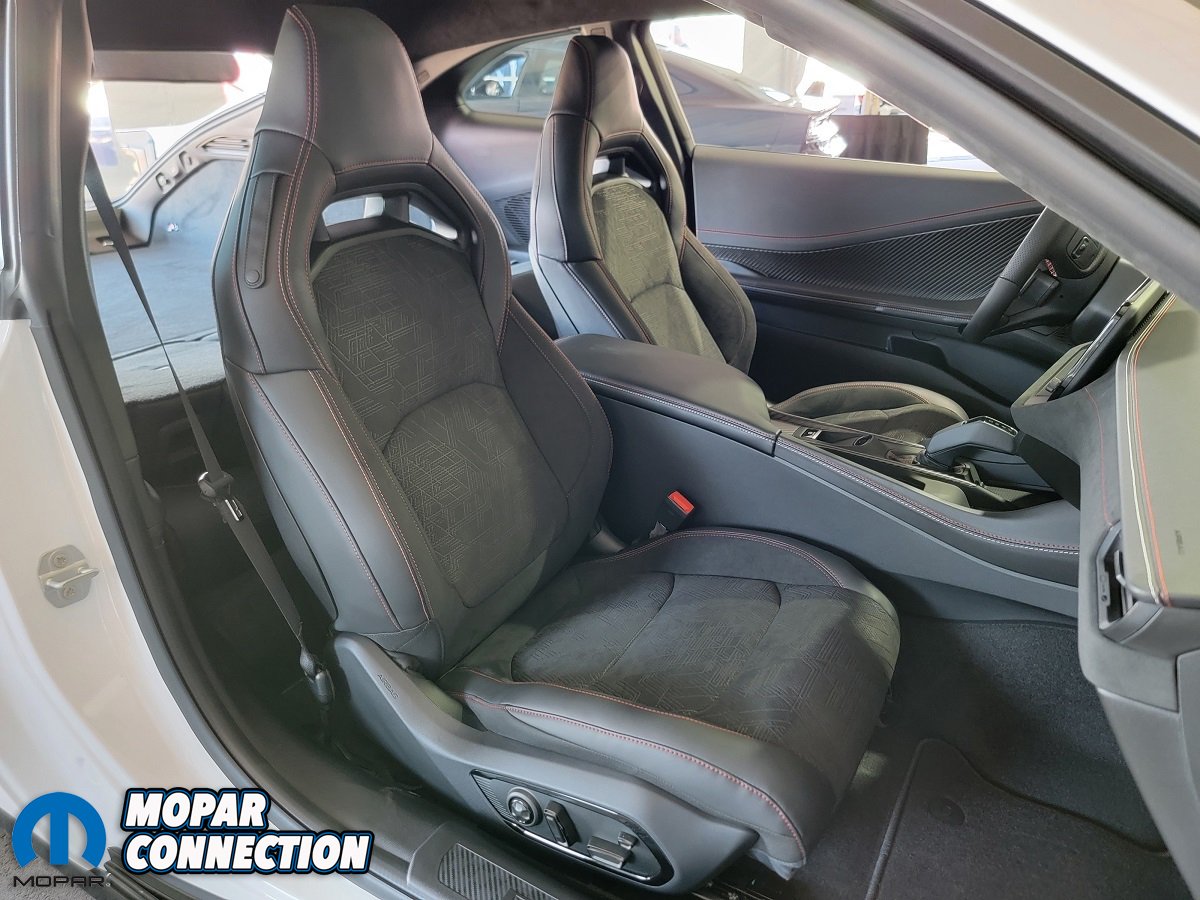
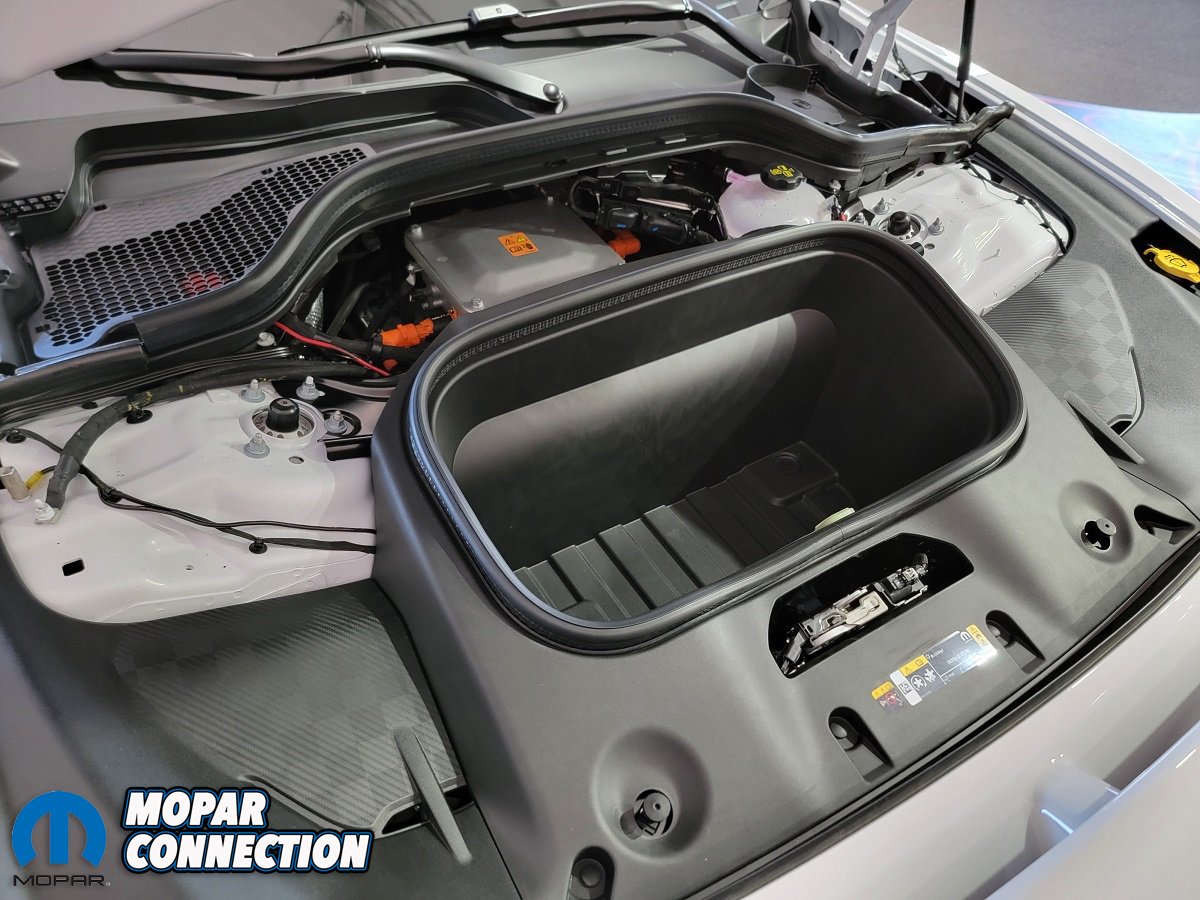


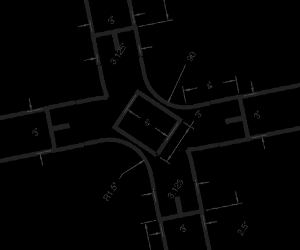


Stellantis did not pay the fines. As in everything else, the corporation passes the costs on to the consumer. The old saying goes, “if you want to play, you have to pay.” What is new about that? I, you and everyone else have been doing just that for decades. Everyone who thinks the savings from the fines will be passed to the consumer is delusional.
The Charger concept cars were presented as two door hardtops (pillarless coupes). A beautiful, sleek design.
Why now the pillars?
I wish them the best of luck. But for most ‘old school’ people, stick a fork in them and call it done.